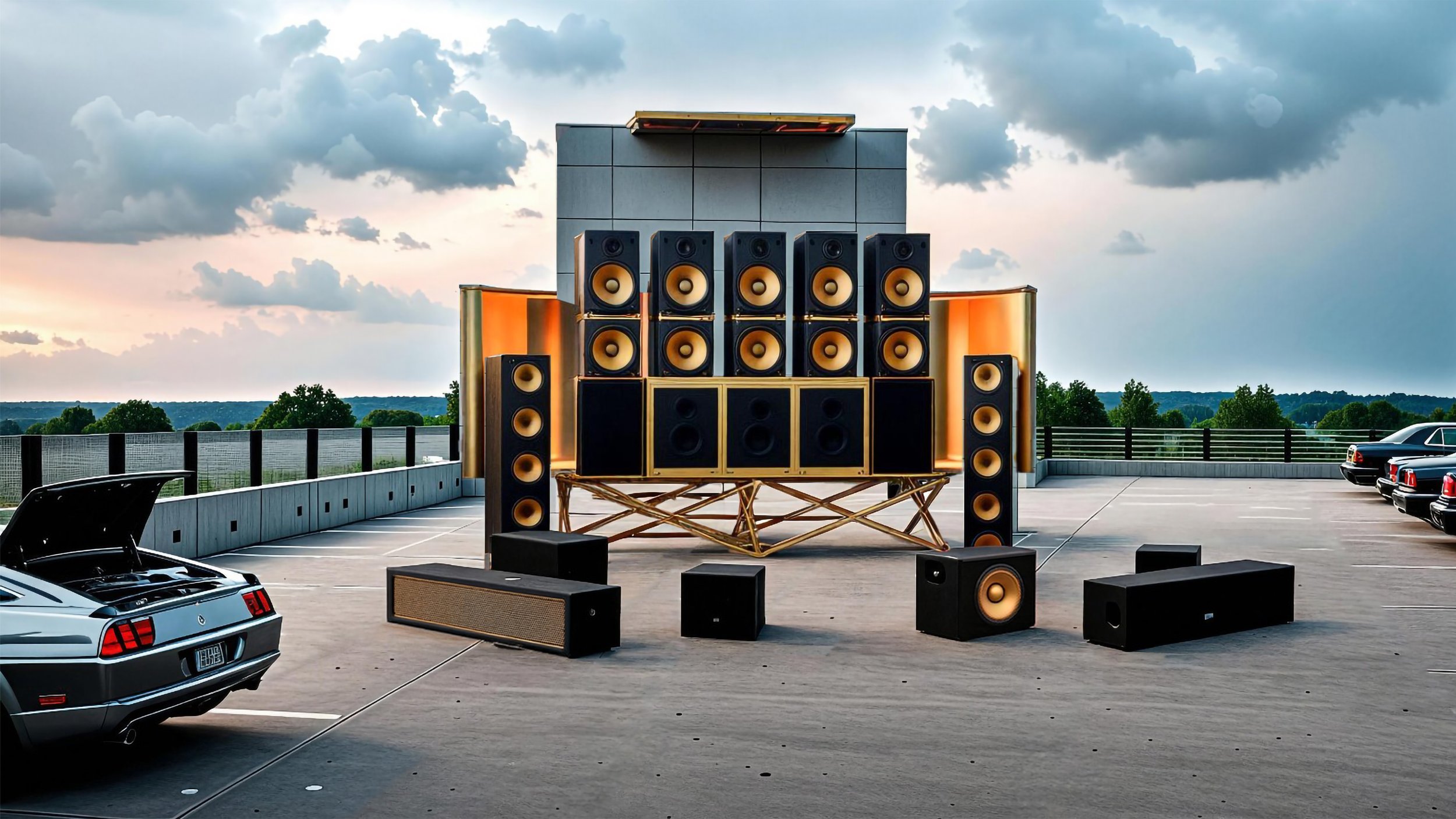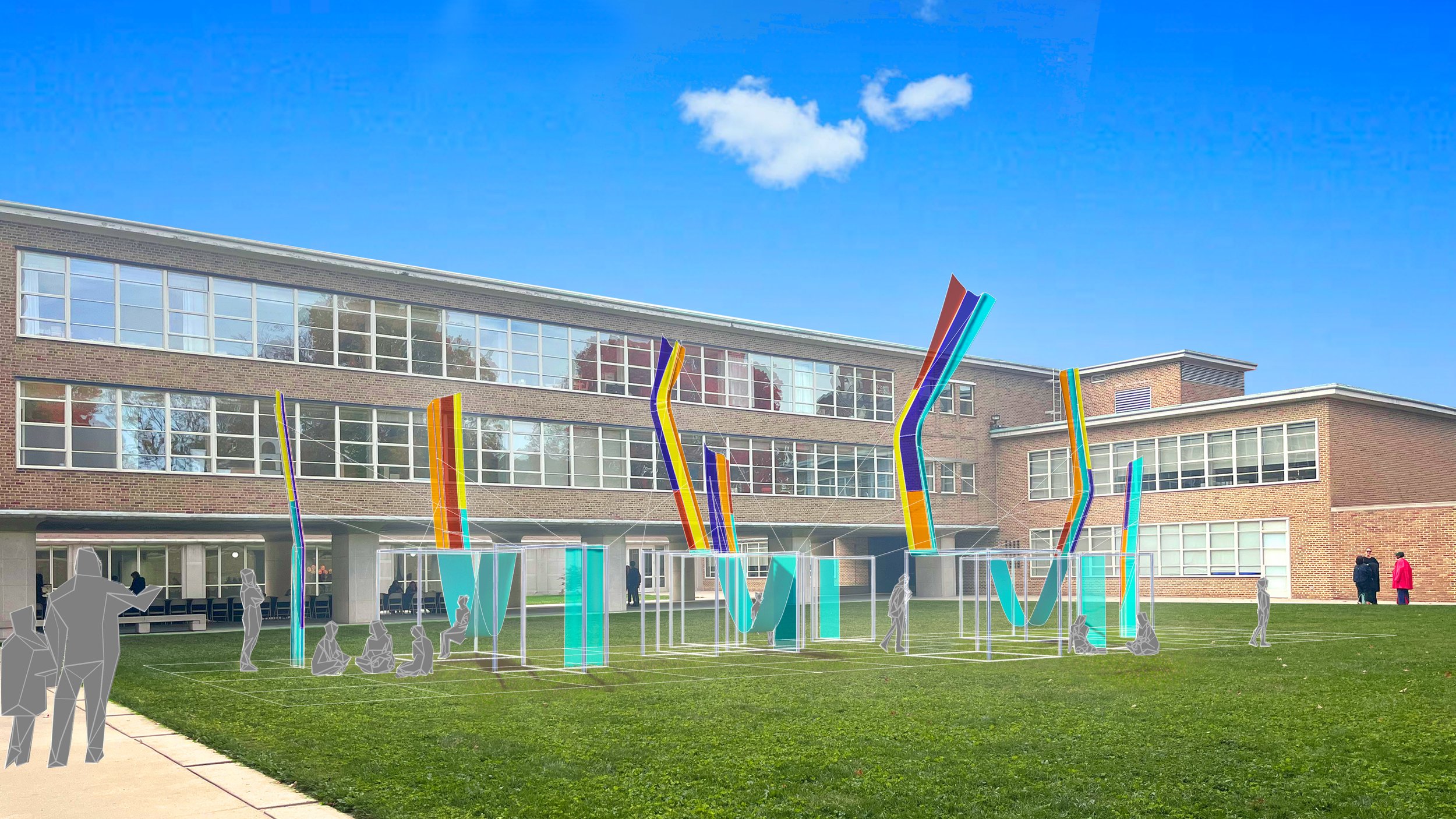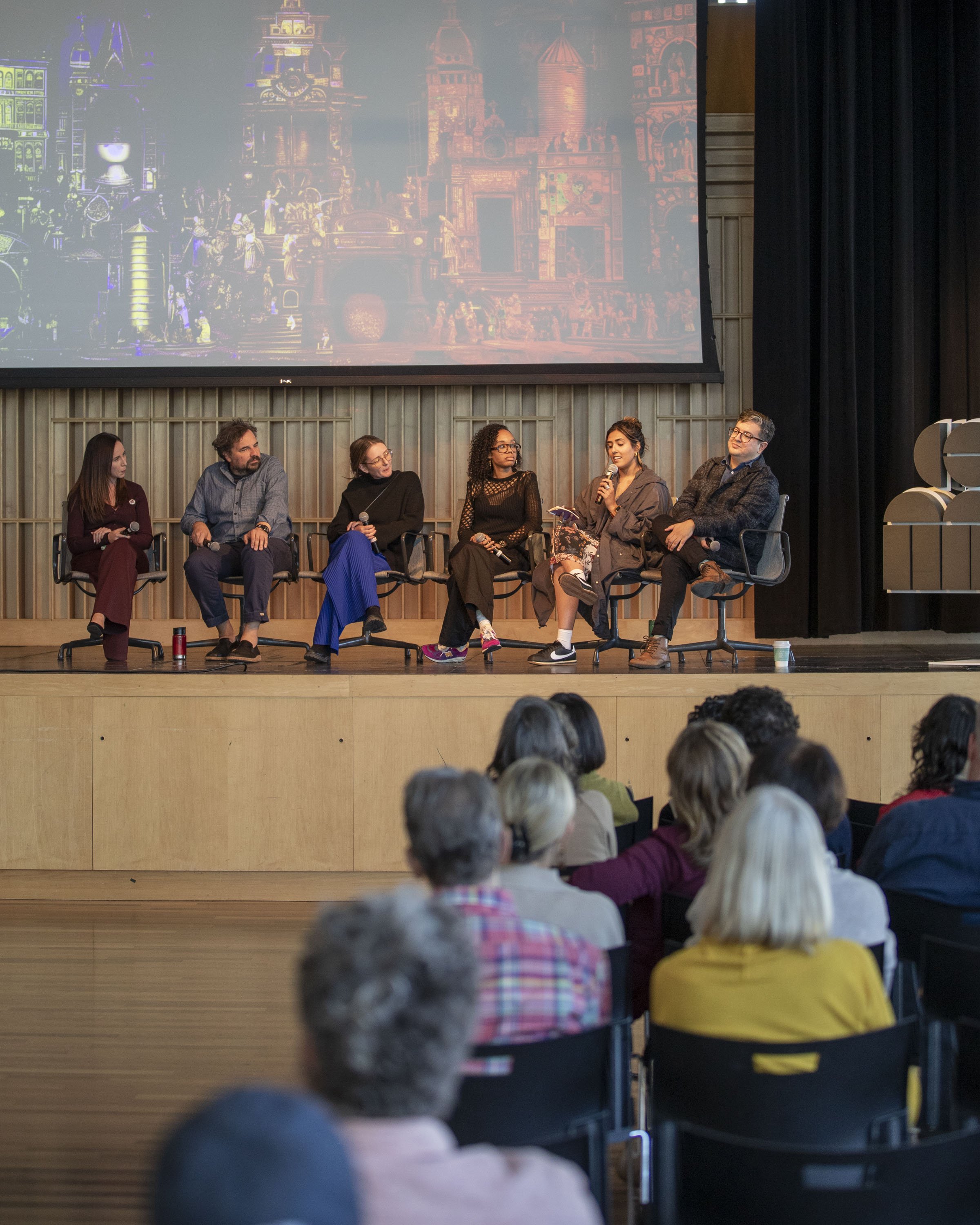
2024–25 J. Irwin and Xenia S. Miller Prize Recipients
Adaptive Operations
Accessing Nostalgia
The 136-year-old Crump Theatre is a vessel that holds the collective memory of Columbus, one that is illuminated with the projections of a not-so-distant past. Accessing Nostalgia creates new apertures, literally and metaphorically, within and around The Crump that allows a creative nostalgia to be projected; a nostalgia not for historic reenactment, nor for historic revision, but one that searches for a past perfect that can point to an idealized future. The apertures, or portals are an attempt to peel away and gaze at parts of the building that demonstrate how it has reinvented itself over its history, and how it can continue that pattern in a way that expands its access to arts and culture.
The recent preservation efforts demonstrated by its diverse community of supporters show that The Crump is valued as something other than an obsolete piece of real estate. It shows that it is part of a bigger trajectory and narrative that says this is a community that values arts and culture and will prioritize this in a way that treats its built environment as an active member of that community.
AD—WO
Ellipsis
Ellipsis is a space to consider the omitted legacies of Black and Indigenous placemaking in Columbus, Indiana. In a city celebrated for its 20th century modernist buildings, Ellipsis offers an assemblage of native prairie plants, reed canopies, and tulip poplar tripods on the Avenue of the Architects. The project is a spatialization of musings on black religion by J. Kameron Carter, as concepts and practices situated between the literary device of an ellipsis (…) and the geometry of an ellipse. The elliptical space made with plants, black gravel, and fire-treated timber, diverges from the centripetal pull of a single, dominant center; instead, gesturing towards incompletion, multiplicity, and the possibility of being and knowing otherwise. By juxtaposing an acknowledgement of the recent fire that destroyed the Irwin Block Building with an evocation of cultural burnings enacted by the region’s Indigenous inhabitants, Ellipsis conceptualizes fire as an agent of loss and renewal, able to revive abundant ecosystems and ancestral rituals.
Studio Barnes
Joy Riding
Joy Riding is a multimedia experience that highlights the joyous nature of Black car culture in conversation with the iconic aesthetics of the mid-century modern architecture of Columbus. The project transforms the Jackson Street Parking Garage into a destination for music, entertainment, and civic joy.
The installation consists of sculptural frames affixed to the building’s façade, reimagining the garage as a contemporary monument to the subwoofers typically found in the trunk of a classic mid-western car, as well as a bespoke, Transformer-like sound system mimicking the proportions and materials of mid-century modern furniture. When in its fully transformed state, it evokes the deep basslines central to Black car culture, underscoring how sound, ritual, and assembly have long served as catalysts for celebration. Crowning the structure, a vibrant mural collapses Columbus’s iconic architecture and the standard parking stall to offer space for rituals forged by collective imagination.
Over its duration, Joy Riding aims to remind visitors of the fun they had riding in the car with friends, listening to their favorite album, and finding joy in the simple pleasures of sitting in the parking lot.
Studio Cooke John
Lift
Lift is grounded in the architectural legacy of Saarinen’s First Christian Church, opening the sunken courtyard to new ways of connecting. It challenges perceptions of the church as old-fashioned, formal, or impersonal, and instead invites everyone to experience the love and welcome of a diverse faith community.
Lift responds to the lines and grids of the iconic building with a gridded base anchored to the lawn. Fabric moves organically through the lines of the cubes, connecting them and generating multiple ways of engaging with the varying spaces it creates. The fabric extends upward, becoming kite-like—its layered, colorful textures soaring high into the air and visible from 5th Street. It beckons passersby into the courtyard, announcing that all are welcome: into spaces of contemplation and reflection, spaces of whimsy and wonder, and the space of a loving faith community. From below, visitors feel lifted as their gaze is drawn skyward, even as they remain rooted to the earth.
Lift connects the heavenly and the earthbound, the faith community and the architectural treasure, the sacred space of the church and the broader Columbus community.






